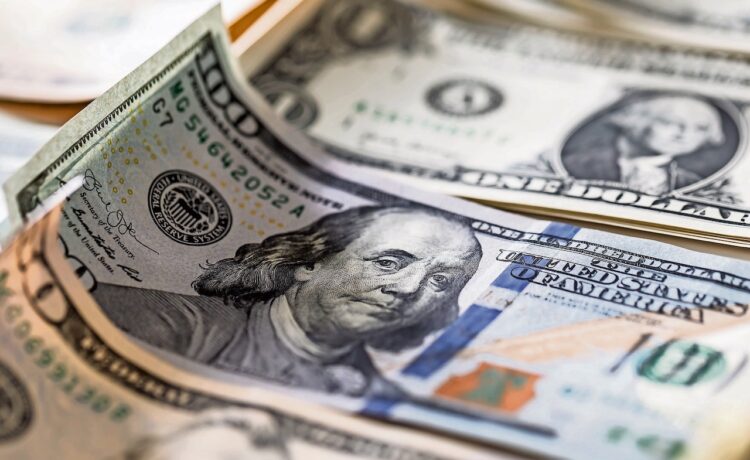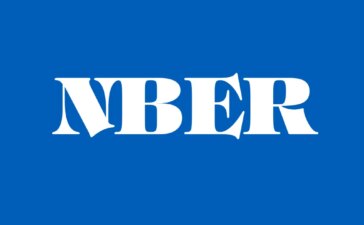Since my last portfolio update, I’ve sold three more dividend stocks from my taxable brokerage account.
My stint as a dividend enthusiast turned out to be brief.
Now, I own just four dividend-paying stocks, with only three being individual companies. I’ve come a long way. I no longer chase every penny investing in dozens of dividend stocks. After two years of trial and error, I’ve become smarter with my capital and more strategic with my investments.
But gaining this experience meant learning to part with some of my longest-held assets. Letting go isn’t as easy as it sounds.
It’s surprising how attached you can become to a stock.
Still, I will fondly remember how my infatuation with dividends helped me build my tolerance for long-term investing.
Adopting a buy-and-hold strategy hasn’t just been a critical stage in my journey — it’s the foundation of my investing philosophy. With a long-term time horizon, I find peace of mind in the face of inevitable market fluctuations, allowing me to invest with confidence.
Strangely enough, this experience has also made me comfortable transitioning from dividends to more aggressive investments.
I’ve received six dividend payouts since my last update, totaling $126.58.
My lady friend, Triest, earned that on her first options trade the second week of January! She held her contract for only one day — now she also can’t unsee what she’s seen.
The potential for such swift gains sparked my initial selloff in August. I kept saying to myself then, “my options account will thank me,” and I’m neck deep in the options rabbit hole now.
When you factor in the capital required to fund my real estate pursuits, I don’t have any excess cash to put toward my dividend portfolio.
So, it was time to part with another three companies last quarter: Google (GOOG), Expand Energy (EXE) and, my darling among the bunch, Realty Income (O).
I have wanted to sell Realty Income since last January. It didn’t happen until Oct. 16. After holding for 700 days, or 23 months, I sold 20.5 shares for $1,039. I netted $94.64 in dividends from the “The Monthly Dividend Company.”
I held a position in Expand Energy, formerly Chesapeake Energy, for slightly longer — 765 days, or two years and one month. On Dec. 11-12, I sold 42.5 shares for $4,247. I collected $169.42 in dividends from Chesapeake/Expand.
And I owned a minuscule stake in Google for 757 days before selling my four shares on Oct. 30 for $732. Google paid me $1.60 in dividends.
Armed with almost $6,300 — and no debt — I could have had some fun.
But you know by now that’s not my style.
Instead, I funneled $4,000 to my freedom fund, anticipating the additional capital will come in handy at the start of our real estate adventures.
I directed another $1,600 back into other stock positions, buying dips on Nike and Hershey. They’re joined by Starbucks as the final three individual dividend payers in my portfolio. The Vanguard Total Stock Market Index Fund ETF (VTI) is my only other dividend payer.
The more I’ve grown as an investor, though, the less loyalty I have to any company — no matter how much I love a Reese’s Peanut Butter Cup and a crisp new pair of Air Force Ones.
But I love seeing my dividend payouts from Hershey and Nike increase. Both have paid me nine quarterly dividends.
My dividend payouts from Hershey have increased eight straight times, from $4.15 to $22.54. My Nike payouts have increased for five straight quarters, from $1.12 to $16.34.
Though my quarterly payments aren’t life-altering, they will add up in time. I also believe that retaining my remaining three individual dividend-payers will help me learn how businesses function.
For example, I learned from a LinkedIn post that Michele Buck, CEO of Hershey, is stepping down in 2026. Her succession process is a stark contrast from the recent CEO transitions at Nike and Starbucks. With each headline an outgoing or incoming CEO makes, I’ll study possible correlations in the price movement of the company’s stock.
I’m getting paid to learn.
I’ve now earned $1,237.07 in dividends in my taxable account since the first payout in November 2022.
On Dec. 24, my daughter Parker collected a $136.93 dividend payment for her stake in the Vanguard High Dividend Yield Index Fund ETF (VYM). It increased her lifetime total in her custodial account to $788.19. She received her first dividend payment from this account in December 2022.
Parker’s Roth IRA, which invests solely in the Vanguard Total Stock Market Index Fund ETF (VT), also gave her a $46.93 dividend payment on Dec. 24. That matched the amount from her first two VT payouts and put her Roth IRA dividends tally at $93.86. She received her first dividend payment from this account in June 2024.
Meanwhile, my Roth IRA has amassed $2,985.01 in dividends since receiving my first round in March 2023.
But my priority isn’t growing our dividends. My plan is to build our income streams first, and then we can funnel those funds into our dividend positions.
Each decision, whether to sell or to hold, shapes my perspective and deepens my understanding of the market. At this stage, it’s not just about our gains but our growth.
Our dividend journey has taken an unexpected detour, but I’m excited to explore where investing takes us next.
Darnell Mayberry is a sportswriter based in Chicago and is the author of “100 Things Thunder Fans Should Know & Do Before They Die.” He loves his daughter Parker, money and the Minnesota Vikings. You will find his column, Money Talks, each Saturday on cleveland.com and Sundays in The Plain Dealer.

A new column by Darnell Mayberry brings readers along his journey toward teaching his young daughter, Parker, about financial literacy.

















